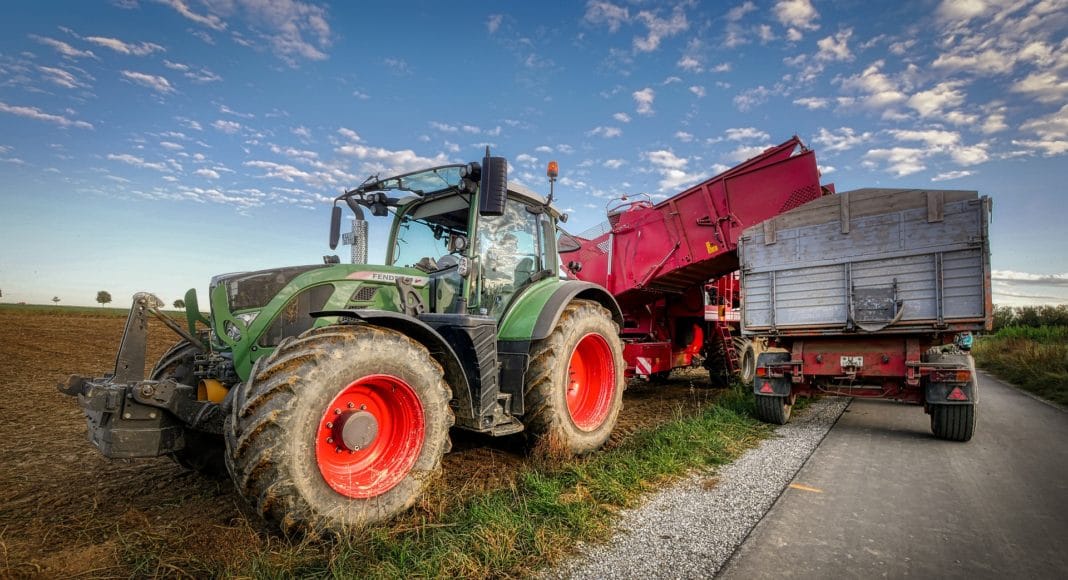At least some Canadian prairie farmers will be looking forward to finishing – and ideally forgetting – the 2021 growing season. Lack of soil moisture, from bad in certain areas to extreme in others, has made for an ultra-challenging year across much of the Prairies and, in fact, across much of North America’s prime potato growing land. The problems associated with difficult growing conditions don’t end when spuds come out of the fields, however.
Sprouting happened in-field as early as August in some varieties and regions. Potatoes sprout based on physiological age, not calendar age. Any form of stress during the growing season (drought, excess moisture, disease pressure, nutrient shortage, etc), at harvest (rough handling, bruising, excessive moisture at digging, etc), or through storage (incorrect temperature, poor ventilation, disease, etc) will age tubers, leading to shortened dormancy, peeping and sprouting.
I’ve had many farmers ask me whether early season stress still impacts storability if the later weeks of the growing season offer better conditions. Unfortunately, the answer is yes. In many regions, moisture stress meant crops’ storability potential was largely gone by mid-August, no matter what might have come in the later weeks of the season.
When you’re faced with stressed tubers – whether this year or another – there are things you can do to optimize their potential.
First, plan to move stressed tubers quickly. That shouldn’t be a challenge this year, since demand will be high. Due to significant total yield drop – I’m hearing preliminary numbers like 15 to 20 per cent – fresh pack will be moving quickly and processors are already talking shortage concerns.
Second, do everything you can to support stressed potatoes through the storage season. Choose optimal harvest conditions where possible. Carefully manage ventilation and temperature inside your storage buildings. And – even if you’ve never tried a dormancy enhancer before – consider adding a 1,4DMN-based storage support to your storage program.
1,4SIGHT (for use in tablestock, chipper and processing potatoes) and 1,4SEED (for use in seedstock) are not sprout suppressants. Rather, they are fully reversible, naturally-occurring dormancy enhancers that slow moisture loss. Calm respiration reduces shrink, reduces pressure bruise, and allows tubers to store their energy rather than using it up through early sprouting.
Whereas CIPC can’t be applied until after suberization, 1,4SIGHT and 1,4SEED can be applied right at door closure, and then reapplied if peeping breaks through. This year, I’d recommend the very earliest possible application to maintain every ounce of stressed tubers’ salable weight.
And then? For those who faced a tough year this year, let’s all cross our fingers that next year is better!
Related Articles
Are You Letting Your Stressed Pile Sprout Away?








